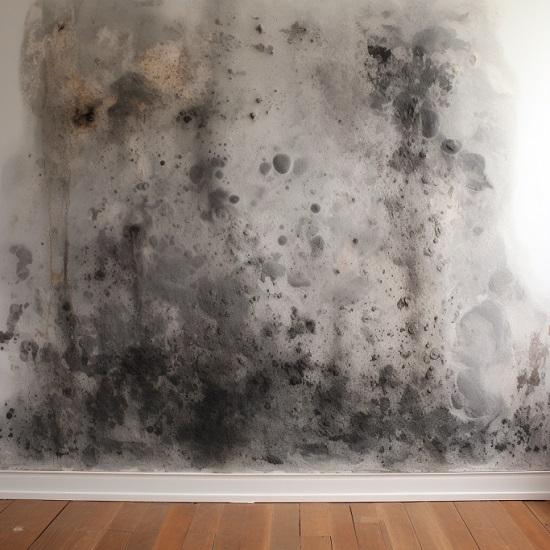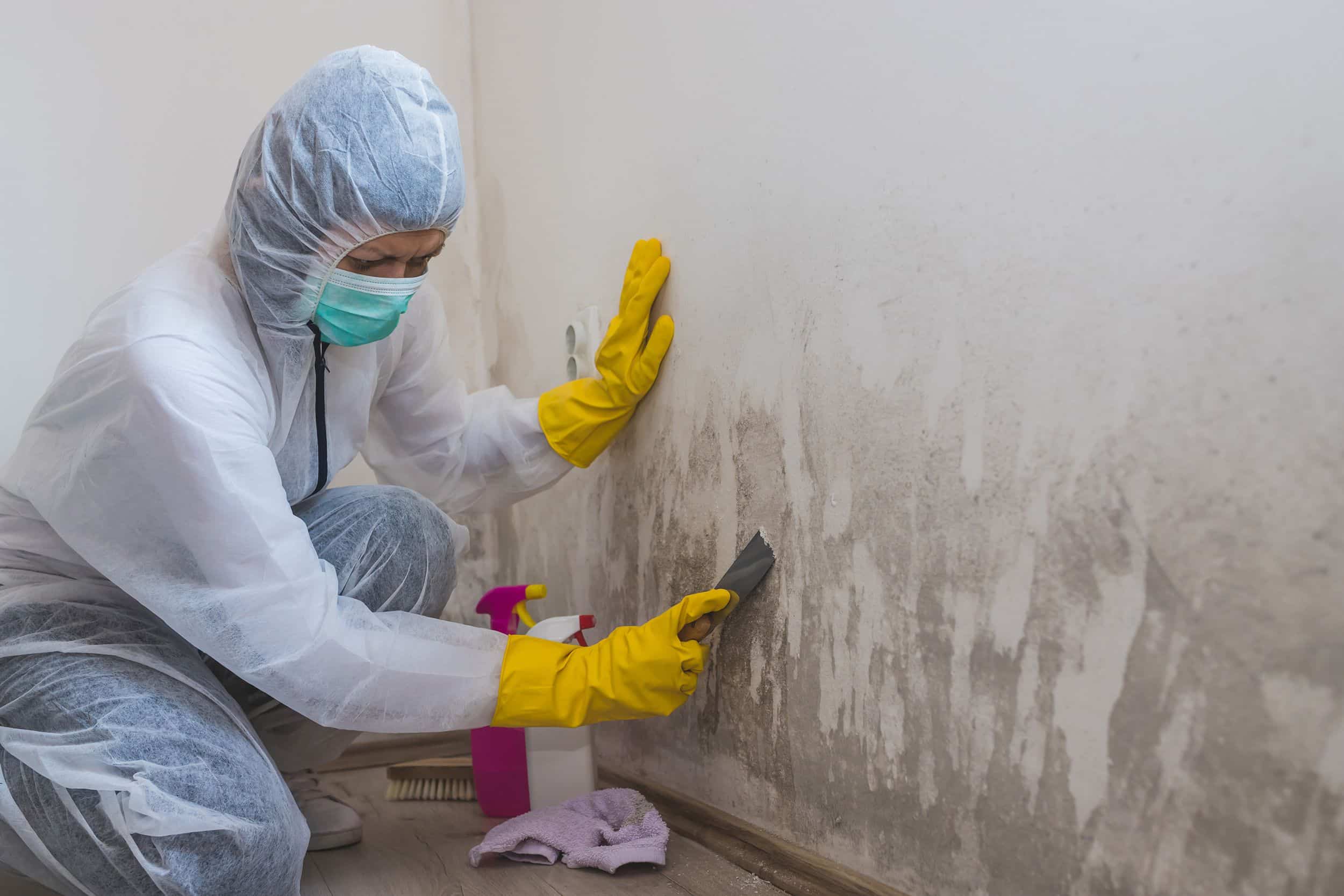Reliable Post Mold Remediation Cleaning Protocols
Reliable Post Mold Remediation Cleaning Protocols
Blog Article
Trick Tips for Effective Article Mold And Mildew Removal
Successfully finishing mold removal is a diverse process that requires attention to detail and adherence to details methods. These actions not only validate the success of the removal initiatives yet likewise add to preventing future mold and mildew development.
Evaluation of Treated Locations
Upon completion of the mold remediation procedure, a detailed examination of the treated locations is necessary to make sure the effectiveness of the removal initiatives. This examination functions as a critical step in the post-remediation stage to confirm that the mold and mildew elimination and cleaning procedures succeeded in eliminating the mold and mildew problem and restoring a secure interior atmosphere. The examination must be performed by certified specialists who have the know-how to examine the remediated areas carefully.
These include visual analyses to examine for any kind of signs of mold and mildew growth or water damage, moisture degrees to verify that the location is free and dry of excess humidity that might promote mold and mildew re-growth, and air quality testing to make certain that the indoor air is risk-free to take a breath. In addition, the inspection may involve utilizing specialized tools such as wetness meters and thermal imaging electronic cameras to identify concealed mold and mildew or moisture pockets that could lead to future mold troubles if left unattended.

Moisture Control Procedures
Reliable wetness control procedures are essential for avoiding mold and mildew growth and maintaining a healthy indoor atmosphere. To achieve this, it is vital to attend to sources of dampness within the structure. Appropriate air flow is essential to controlling moisture levels. Mounting exhaust fans in kitchen areas and shower rooms can assist remove excess moisture. In addition, making use of dehumidifiers in moist locations can help in reducing moisture degrees, making it harder for mold to thrive.
Regularly preserving the structure and inspecting's outside can likewise stop wetness intrusion. Post Mold Remediation. Making sure that rain gutters are clear, downspouts straight water away from the structure, and the roofing is in excellent problem can aid avoid water from seeping into the building. Appropriately securing doors and home windows can additionally help maintain moisture out
In instances where water damage happens, timely action is necessary. Any kind of leaks or spills ought to be cleaned up and dried within 24-48 hours to prevent mold and mildew growth. Making use of wetness meters can assist identify concealed sources of water and ensure detailed drying. By implementing these moisture control steps, the danger of mold and mildew reoccurring can be dramatically decreased, creating a much healthier interior environment.
Proper Ventilation Assessment
An important facet of making sure a healthy interior atmosphere blog post mold and mildew removal is conducting a thorough evaluation of the ventilation system. what to do after mold remediation. Appropriate ventilation evaluation plays a critical role in avoiding future mold and mildew growth and maintaining air high quality within the afflicted area. Throughout the evaluation, specialists review the performance of the air flow system, examining for any blockages, leaks, or malfunctions that could prevent correct air movement. It is important to make certain that the ventilation system is properly sized for the space it offers which it satisfies industry requirements for air exchange prices.
In addition, evaluating the ventilation system includes examining the distribution of air throughout the location to identify any type of locations of poor flow where dampness and impurities can collect. Appropriate air flow not only helps in managing humidity degrees however also help in removing air-borne mold spores and various other toxins, thus enhancing general interior air top quality. By attending to any air flow issues upload mold remediation, homeowner can produce a much healthier and extra comfy environment for passengers while decreasing the danger of mold re-infestation.
Cleansing and Sanitation Protocols
To guarantee detailed mold remediation, thorough adherence to certain cleansing and sanitation procedures is critical. Cleaning and sanitation methods play a vital duty in the post-mold removal stage to look at more info protect against the recurrence of mold growth and ensure a healthy and safe environment. The initial step in this process is the elimination of any kind of visible mold and mildew growth utilizing suitable cleaner and methods. It is necessary to utilize EPA-approved fungicides and disinfectants to efficiently get rid of mold and mildew spores and stop their regrowth.
After the preliminary cleansing, detailed disinfection of the influenced areas is required to kill any remaining mold spores and prevent their spreading. This action is important in stopping the spread of mold and mildew to various other parts of the residential property. In addition, applying preventive steps such as using mold preventions and preserving proper air flow can help minimize the risk of future mold infestations. By adhering to strict cleaning and sanitation protocols, residential property proprietors can guarantee the successful eradication of mold and create a healthy indoor atmosphere for occupants.
Tracking and Maintenance Plan
Implementing a regular surveillance and maintenance plan is important for making sure the long-term efficiency of mold remediation efforts. Once mold removal is finished, it is crucial to develop a surveillance schedule to assess the success of the removal process. This entails frequently evaluating the formerly impacted locations for any signs of mold reoccurrence or water damages. By carrying out routine checks, any new mold development can be immediately recognized and attended to, stopping a reoccurrence of the initial trouble.
In addition, establishing a maintenance plan is crucial to preventing future mold issues. Regular maintenance not just helps in stopping mold but additionally adds to maintaining a healthy interior atmosphere - After mold remediation.
Verdict
To conclude, successful blog post mold removal entails extensive examination of dealt with areas, implementation of dampness control procedures, assessment of proper ventilation, adherence to cleaning and sanitation protocols, and facility of a monitoring and upkeep plan. These vital actions are vital to ensure that mold and mildew growth is effectively gotten rid of and stopped from repeating in the future. By adhering to these standards, homeowner can maintain a secure and healthy environment for passengers.
Upon completion of the mold remediation procedure, from this source a thorough evaluation of the treated areas is crucial to ensure the performance of the remediation efforts. These include visual analyses to inspect for any kind of signs of mold and mildew development or water damage, moisture mold removal company degrees to verify that the area is dry and cost-free of excess humidity that could advertise mold re-growth, and air high quality testing to make certain that the indoor air is safe to breathe. In addition, the assessment may include utilizing specialized tools such as moisture meters and thermal imaging cams to discover concealed mold or wetness pockets that might lead to future mold and mildew issues if left unchecked. By addressing any type of ventilation concerns publish mold remediation, residential or commercial property proprietors can produce a healthier and much more comfortable environment for owners while minimizing the risk of mold re-infestation.

Report this page